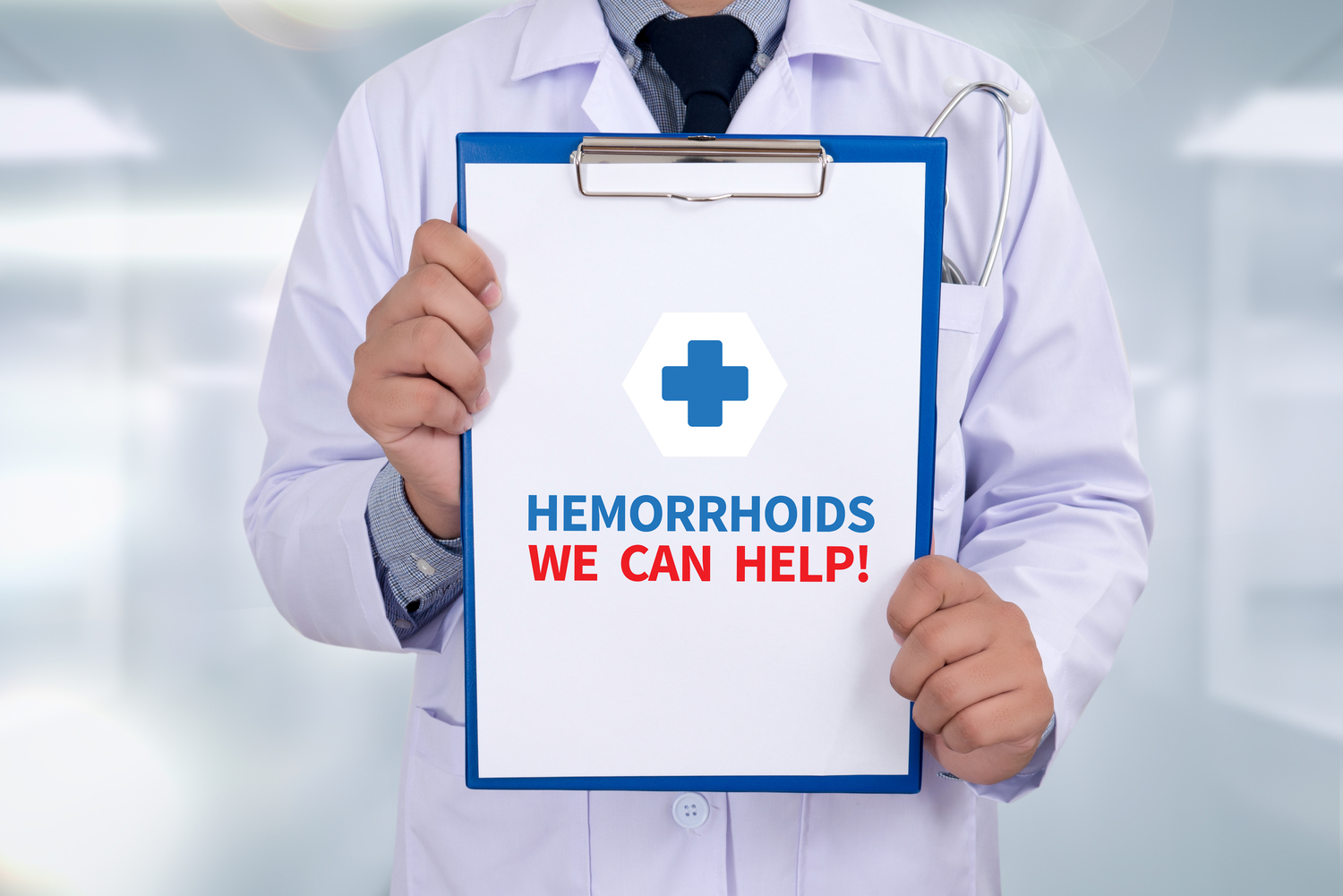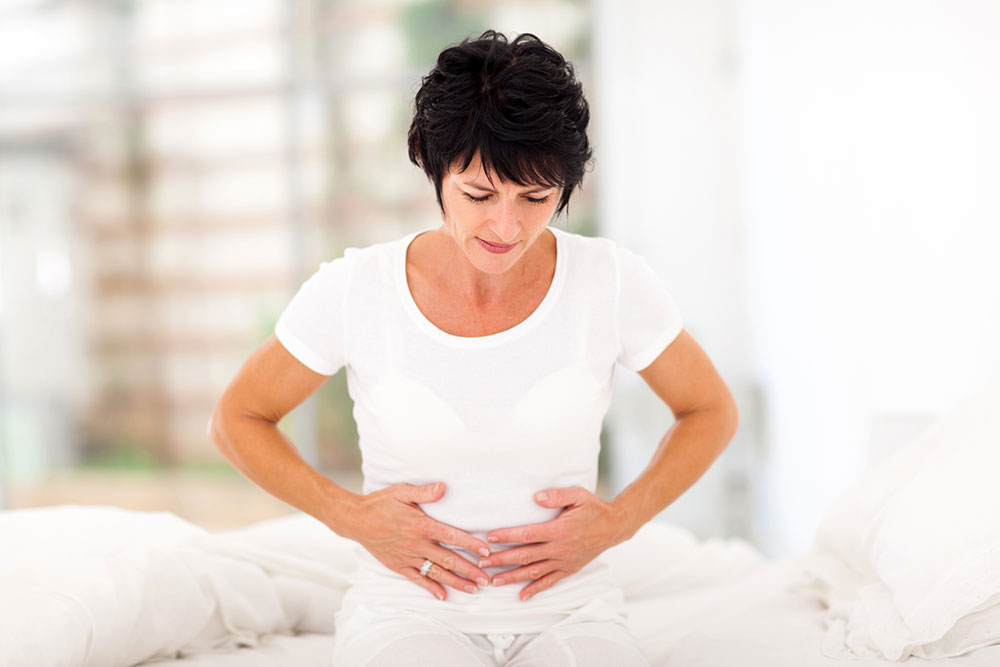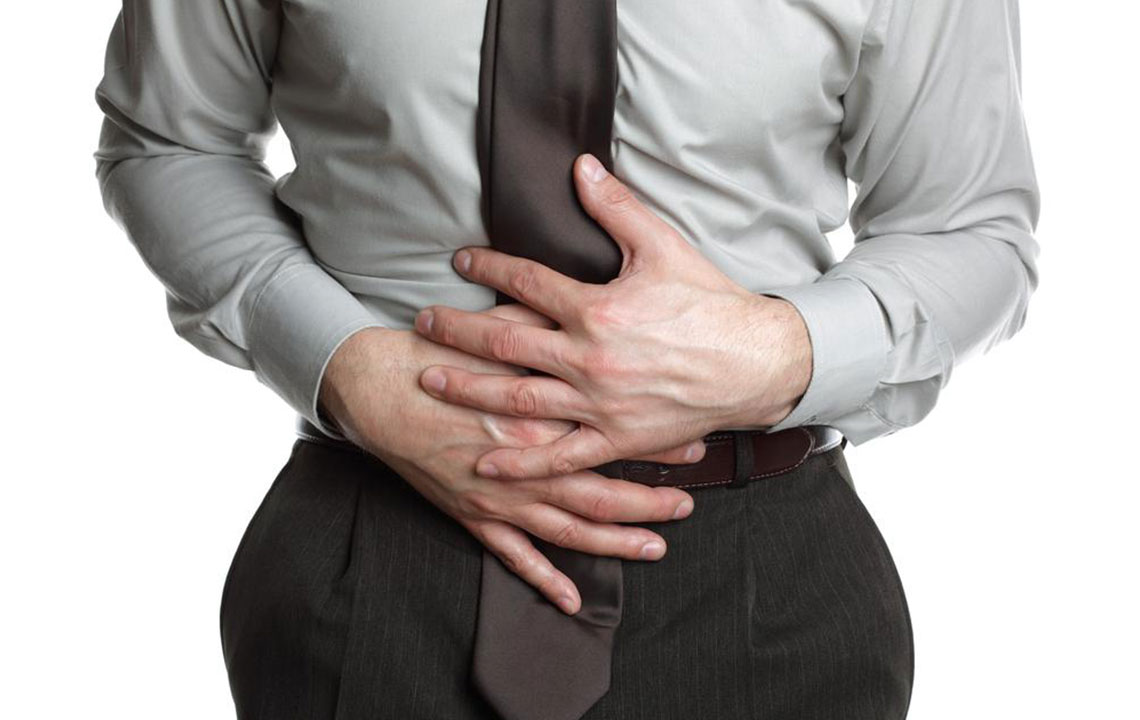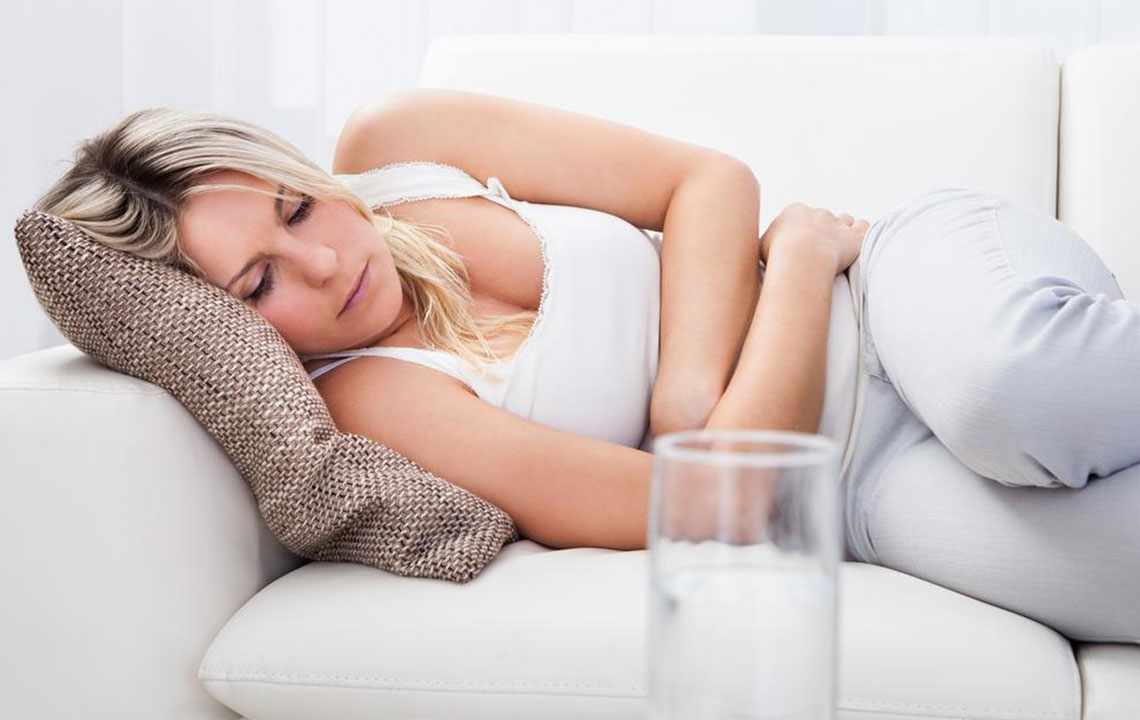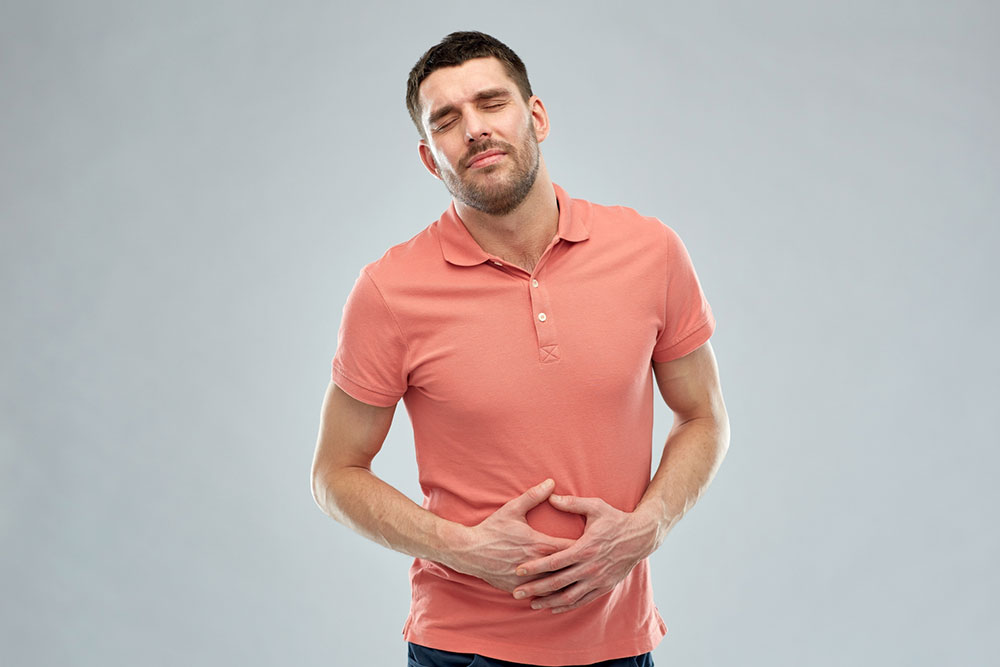Comprehensive Guide: 10 Effective Strategies to Manage External Hemorrhoids
External hemorrhoids can cause significant discomfort, but effective management is possible through a combination of medical procedures and home remedies. This comprehensive guide details ten proven methods—ranging from minimally invasive treatments like rubber band ligation to natural remedies such as aloe vera and witch hazel. Lifestyle changes, including diet and clothing choices, play a vital role in prevention and relief. Consulting healthcare professionals ensures personalized treatment plans, helping sufferers regain comfort and prevent future episodes. Learn more about managing external hemorrhoids effectively today.
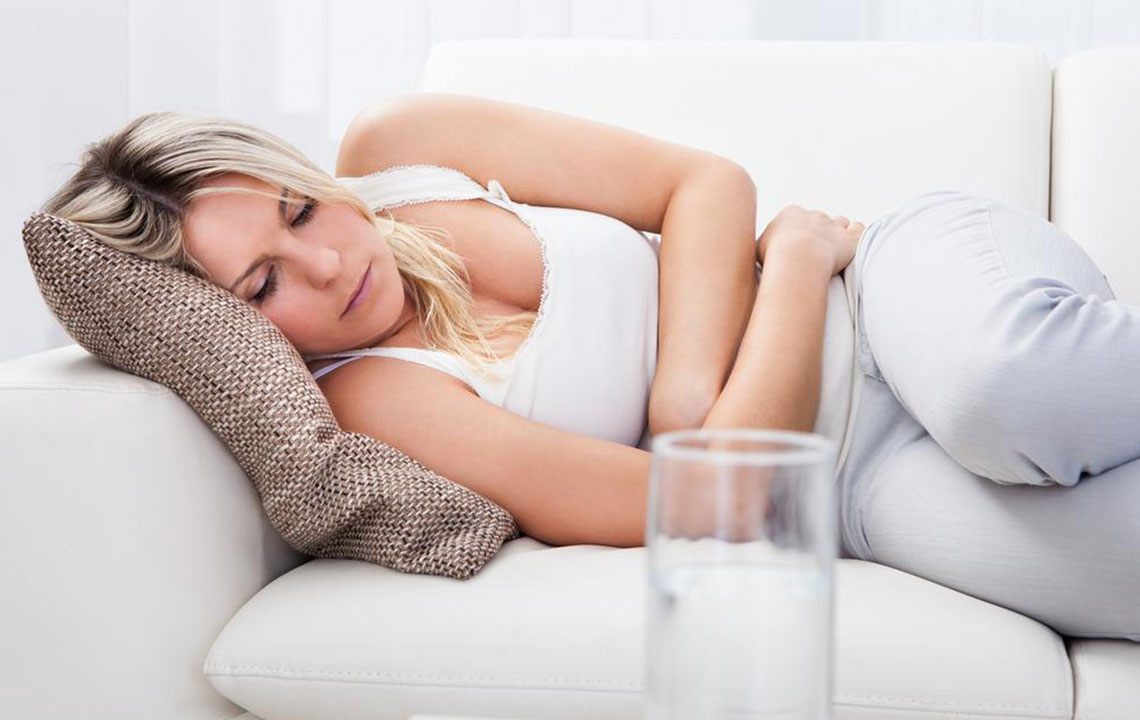
Comprehensive Guide: 10 Effective Strategies to Manage External Hemorrhoids
Hemorrhoids are a common yet often uncomfortable medical condition that affects a significant portion of the population at some point in their lives. These swollen veins around the anus and lower rectum can cause pain, itching, bleeding, and a general sense of discomfort, impacting daily activities and quality of life. Understanding the nature of hemorrhoids, especially external hemorrhoids, and knowing effective treatment methods is crucial for relief and recovery.
External hemorrhoids develop outside the anal canal beneath the skin surrounding the anus. Their formation is usually linked to increased pressure on the veins in the lower rectum and anus, often resulting from repeated straining during bowel movements, chronic constipation, sitting for extended periods, and other lifestyle factors. When these veins swell, they form painful lumps that can make everyday activities like sitting, walking, or bowel movements uncomfortable or even unbearable.
The symptoms of external hemorrhoids can vary from mild itching and discomfort to severe pain, especially if blood clots develop inside the swollen veins, creating a thrombosed hemorrhoid. Recognizing signs early and adopting effective management strategies can significantly alleviate symptoms and prevent complications.
Despite their distressing symptoms, external hemorrhoids are highly manageable through various medical and home-based treatments. Here, we explore ten proven methods—ranging from simple lifestyle changes to advanced medical procedures—that can help you effectively treat and manage external hemorrhoids:
Rubber Band Ligation: This minimally invasive outpatient procedure involves placing a tiny rubber band around the base of the hemorrhoid, cutting off its blood supply. Over the course of a week, the hemorrhoid withers and falls off naturally, reducing symptoms dramatically. This method is generally reserved for larger or persistent hemorrhoids that do not respond to conservative treatments.
Cauterization Techniques: Using advanced equipment such as lasers, electrotherapy, or infrared light, physicians burn or seal off hemorrhoid tissue. This method promotes shrinkage and stops bleeding, effectively alleviating discomfort and reducing internal and external hemorrhoids.
Surgical Interventions: When conservative measures fail or hemorrhoids are particularly large and painful, surgical removal might be necessary. Hemorrhoidectomy, the complete excision of hemorrhoids, is considered the definitive treatment for severe cases. Another less invasive option includes stapling procedures like hemorrhoidopexy, which reposition and secure hemorrhoidal tissue back to its normal position.
Warm Epsom Salt Baths: Soaking in warm water infused with Epsom salts can provide instant relief by soothing inflamed tissues and relaxing muscles. Regular bathing reduces swelling, eases pain, and promotes healing of external hemorrhoids.
Applying Cold Compresses: A quick and effective method to reduce swelling and numb pain involves applying ice packs or cold compresses to the affected area. This is particularly helpful during flare-ups or immediately after procedures.
Choosing Appropriate Clothing: Wearing loose, breathable clothing such as cotton underwear minimizes friction and moisture accumulation around the anal area, preventing irritation and worsening symptoms.
Natural Remedies: Witch Hazel: Witch hazel is a natural astringent known for its anti-inflammatory and pain-relieving properties. When applied directly to external hemorrhoids using a cotton ball or pad, witch hazel can reduce itching, swelling, and discomfort.
Stool Softeners and Dietary Adjustments: Incorporating stool softeners and fiber-rich foods into your diet reduces straining during bowel movements. A high-fiber diet—including fruits, vegetables, whole grains, and legumes—helps maintain regularity, soften stool, and prevent constipation, ultimately decreasing hemorrhoid flare-ups.
Hydration and Lifestyle Changes: Maintaining adequate hydration is essential for softening stool and facilitating smooth bowel movements. Coupled with regular exercise and avoiding prolonged sitting, these habits improve blood circulation and reduce pressure on hemorrhoidal veins.
Topical Aloe Vera: Known for its soothing and anti-inflammatory properties, applying fresh aloe vera gel directly to external hemorrhoids provides immediate relief from inflammation, pain, and irritation. It's a natural approach suitable for mild cases or supplemental care.
By understanding these diverse treatment options and implementing appropriate measures, individuals can effectively manage external hemorrhoids and improve their comfort and quality of life. Medical consultation is recommended to determine the most suitable treatment plan tailored to each case. Early intervention and lifestyle modifications are key to preventing recurrence and ensuring long-term relief.

